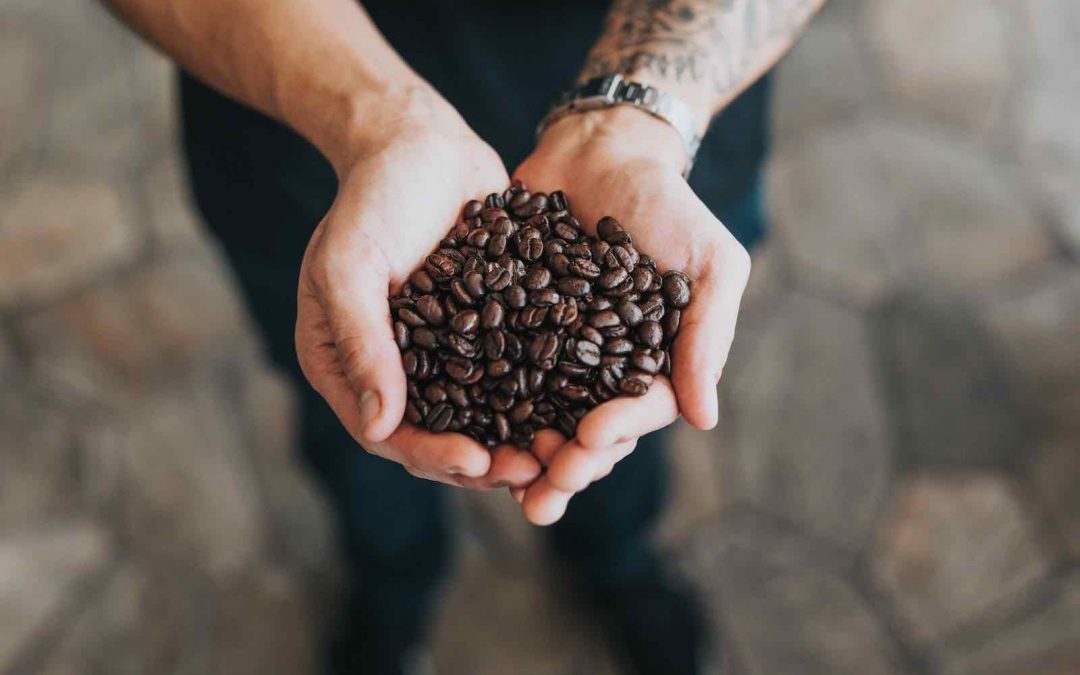Increased demand, drought and frost in Brazil and increased transportation costs have contributed to a dramatic increase in coffee prices over the last year.
Unusually dry conditions last year and this year have reduced yields after a record harvest in 2020. On top of drought conditions, Brazil experienced its worst frost since 1994. The coffee harvest is expected to experience its biggest yearly drop in output since 2003 according the the U.S.D.A.
On top of decreased supply, demand has grown and particularly in Asia, which is now the fastest growing market for coffee in the world. A growing middle class which has embraced cafe culture particularly in China has added to what has been a more gradual upward trend in the U.S. and Europe.
Arabica beans are used in bistros around the world and are the most widely grown coffee bean in Brazil. Arabica futures have doubled in price over the last year. The damage to plants is still being assessed but replanting lost fields might mean it could take up to seven years for production to get back to 2020 levels.
Perhaps the good news is that consumers have made coffee such an important part of their daily routine that increased prices are unlikely to reduce consumption. Research has indicated that prices would have to continue to rise dramatically before demand was impacted.
For large coffee chains like Starbucks the cost of coffee beans is a relatively small part of overhead while rent and labor impact the bottom line more intensely. Vendors will have to pass on increased costs if they become significant but many companies are making up some of the cost by charging higher price points premium drinks as well as on snacks.
There can also be the option of using cheaper robusta beans but many companies including Starbucks don’t want to risk changing the flavor of their roasts and risking a backlash from customers. Smaller shops may have to eliminate extras like free refills or reduce portion sizes to make up the difference.
With economic activity recovering at a record pace, transportation costs have gone up as well. When many ports closed and / or reduced their capacity early in the pandemic, there was not an expectation that activity would recover so quickly. Coffee is normally shipped in shipping containers, but with increased demand for a variety of consumer items that are also transported in shipping containers, this has created the kind of squeeze that hasn’t been seen before. Now ships can wait for weeks outside of major ports before they can be unloaded.
Carlos Santana, coffee head trader for Eisa Interagricola, a unit of ECOM Trading, said it was very challenging to ship coffee, particularly in the Americas.
“It is almost not economical to use this route right now. The ports in the U.S. are full, shipping companies do not want to take more cargoes to there, so they charge more. Prices are more than three times higher than they were before the pandemic,” he said. *
As with all products, supply and demand rules pricing in the market. With all of these challenges reducing the inventory of available coffee, prices will eventually have to go up.


Recent Comments